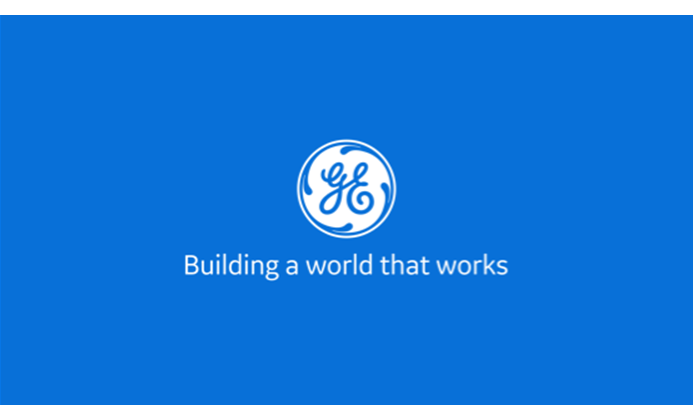The dawn of the jet age gave birth to the concept of the global village. Once jet engines made the jump from military fighters to civilian planes in the 1950s, commercial passenger service could carry people farther and faster than ever before. Fares dropped, ticket sales quadrupled, and by 1972 almost half of all Americans had traveled by air.
The GE Aerospace Blog recently sat down with Hannah Gray, who this year was a finalist in the British Ex-Forces in Business Awards for her work as an advocate for veterans transitioning into commercial careers. She leads GE Aerospace’s Military Officer Leadership Program for the U.K. and is also a regular speaker at Officers Association and Forces Employment Charity employment summits, specifically supporting female veterans and those interested in commercial careers.
Meyer “Mike” Benzakein used to attract attention in GE Aerospace meetings for a funny habit: At first glance, he appeared to be sleeping. Young engineers would wonder about his focus — until he spoke up with an incisive question.
“He was actually sharply paying attention,” recalls Mohamed Ali, vice president of engineering for GE Aerospace. “He would say only a few words, but his point was very clear.”
My father, James Norton Krebs, began working as a test engineer at General Electric in 1946. It was just four years after America’s first jet flight.
Drinks in a cozy, elegant cocktail lounge have preceded plenty of marriage proposals. But perhaps only once has such a session led to the creation of the most prolific jet propulsion company in aviation history.
And yet, it happened — in April 1970 at the Ritz-Carlton lounge in Boston, where leaders of France’s government-owned Safran Aircraft Engines (known as Snecma until 2005) came to court GE. Back then, GE was still chiefly building jet engines for the military, and Pratt & Whitney dominated the burgeoning civilian market.
CFM entered the show with orders and commitments for more than 10,800 next-generation LEAP jet engines, valued at $151 billion (U.S. list price), and the company won deals for at least 393 more. The company sold 565 engines valued at $8.2 billion. The tally includes its CFM56 engines and also business from undisclosed customers.











